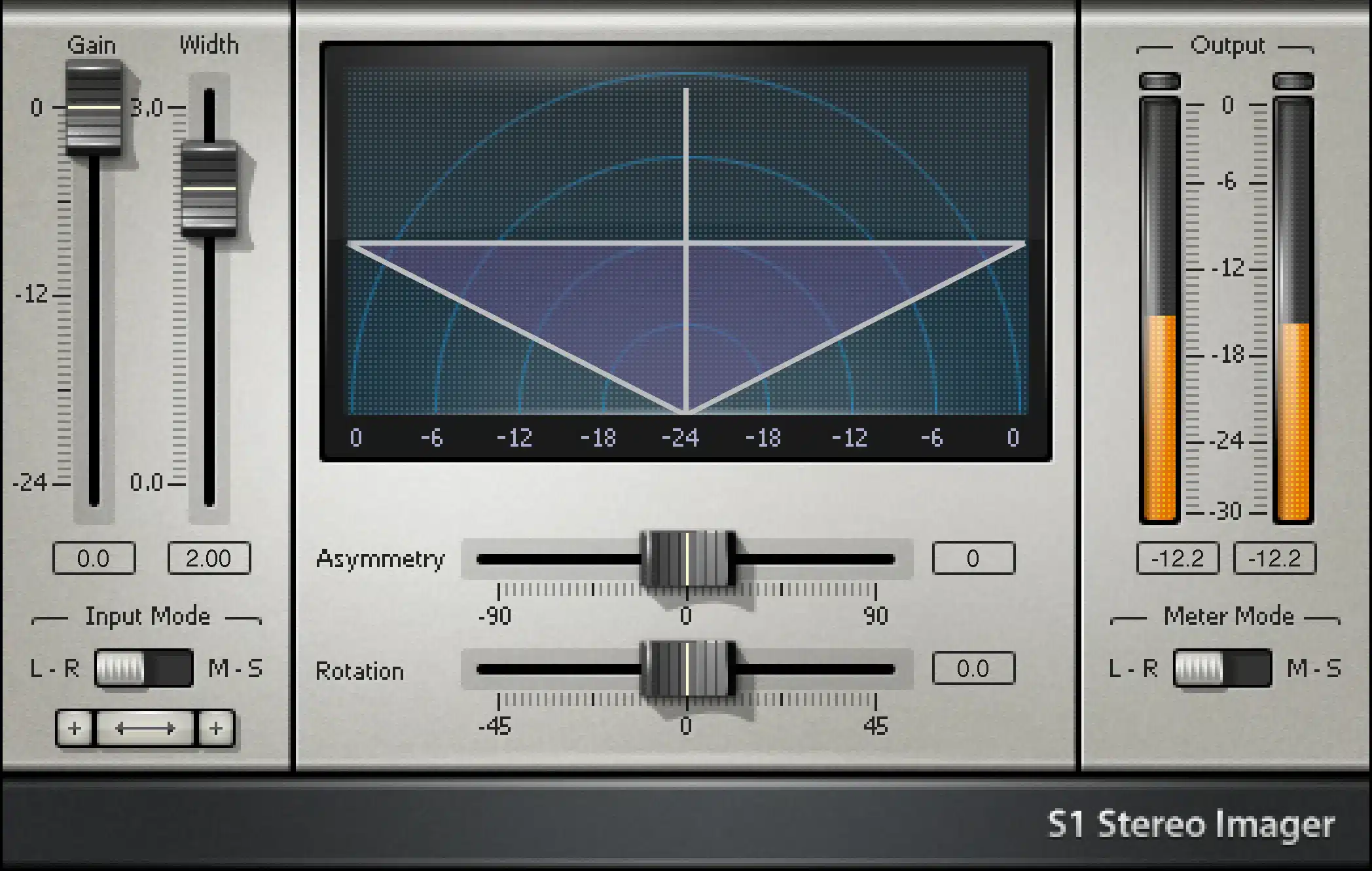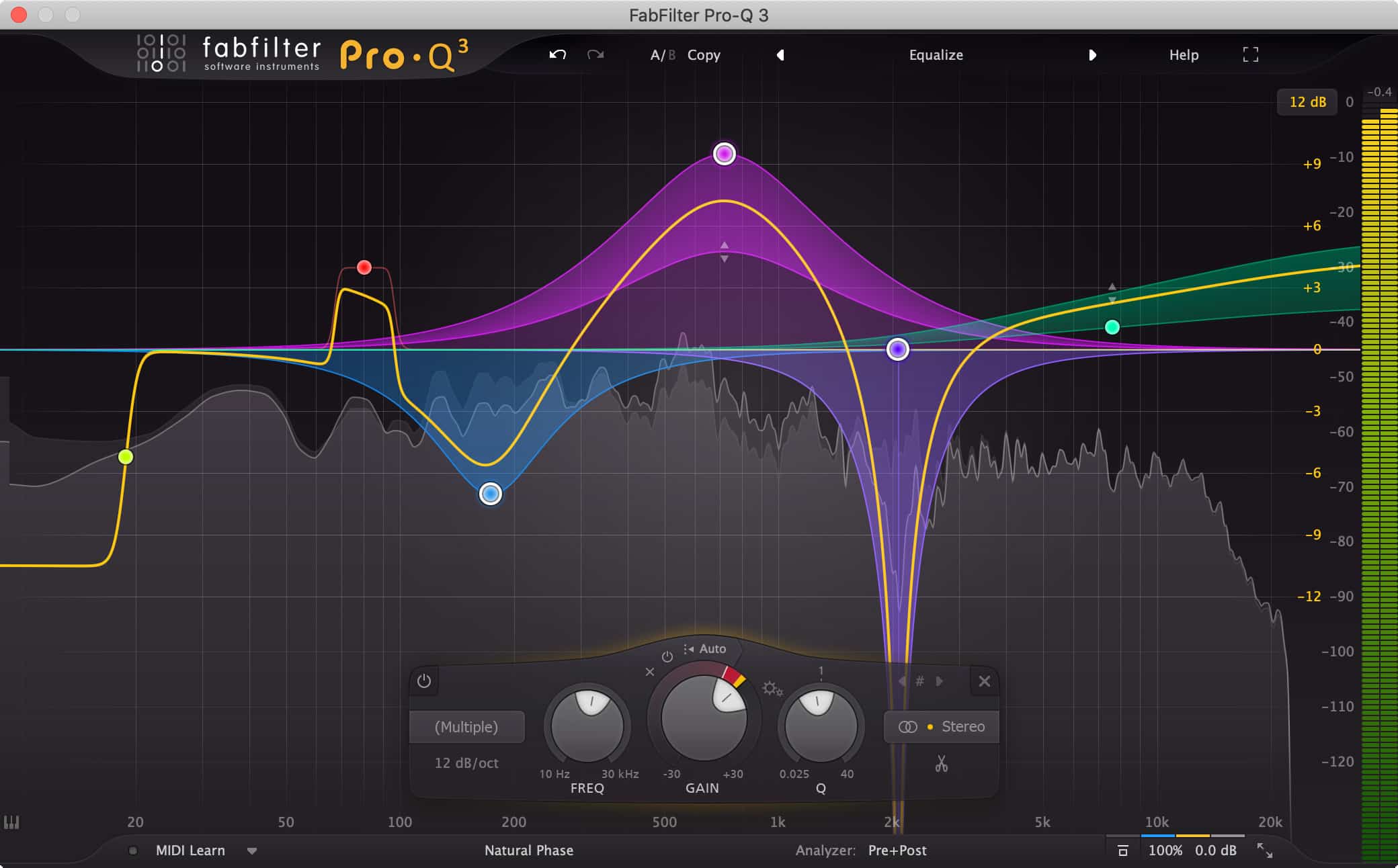How to Prepare Files for a Mixing Engineer
Introduction
In the world of music production, the role of a mixing engineer is crucial in shaping the final sound of a recording. As an artist or producer, preparing your files correctly for a mixing engineer can significantly impact the quality and efficiency of the mixing process. This article provides a comprehensive guide on how to prepare your files for a mixing engineer, ensuring a smooth and productive collaboration.
Understanding the Role of a Mixing Engineer
Before diving into file preparation, it’s essential to understand what a mixing engineer does. A mixing engineer blends individual tracks of a recording to create a final stereo or multi-channel format. They balance levels, apply effects, and ensure that the overall sound is cohesive and polished.
Step-by-Step Guide to File Preparation
1. Organize Your Tracks
- Label Clearly: Each track should have a clear and descriptive name. Avoid vague labels like ‘Audio 1’ or ‘Track 2’. Instead, use specific names like ‘Lead Vocal’ or ‘Acoustic Guitar’.
- Consolidate Tracks: If you have multiple takes or sections, consolidate them into one continuous file for each track. This makes it easier for the engineer to navigate your project.
2. Ensure Proper Formatting
- File Format: WAV or AIFF files are preferred due to their high quality. Avoid MP3s as they are compressed and can lose audio fidelity.
- Bit Depth and Sample Rate: Use the same bit depth and sample rate across all files. Common standards are 24-bit depth and a 44.1kHz or 48kHz sample rate.
3. Remove Unnecessary Effects
- Bypass Effects: Unless an effect is integral to the sound (like a specific reverb on a vocal or a unique guitar pedal effect), bypass plugins and effects. The mixing engineer will add effects as needed.
- Note Essential Effects: If certain effects are crucial, make a note of them for the engineer.
- Send Wet and Dry Stems: If you have a rough mix that you are pretty happy with, then sometimes it’s a good idea to send one set of wet stems ( just as they are in the rough mix) and one set dry. This way, the engineer can start from where you left off but also have the option to import dry files if they feel they can improve upon it.
4. Check for Clipping and Distortion
- Avoid Clipping: Ensure none of your tracks are clipping or distorting. Leave enough headroom for the mixing engineer to work with. If you do see red indicators on your master bus, try selecting all the tracks and bringing them down until there is enough headroom.
5. Export Each Track Separately
- Stems vs. Individual Tracks: Export each track separately, not as stems, unless requested. Stems are submixes of similar instruments, which can limit the engineer’s flexibility.
- Start and End Points: Each track should start and end at the same point, maintaining synchronization.
6. Include a Rough Mix
- Reference Track: Provide a rough mix of your song. This gives the engineer an idea of your vision for the track. It can also be helpful so the engineer can make sure all the files transfored correctly.
7. Create a Track List and Notes
- Documentation: Include a document listing all the tracks and any specific notes or directions for the mixing engineer. The more information the engineer has, the closer it will be to what you want.
8. Organize Files for Transfer
- Folder Structure: Create a master folder with your project name, containing subfolders for audio files, notes, and the rough mix.
- Compression: Compress the folder into a ZIP file for easier transfer.
9. Choose a Reliable File Transfer Method
- File Sharing Services: Use services like WeTransfer, Dropbox, or Google Drive to share your files securely.
Conclusion
Preparing your files meticulously for a mixing engineer is a critical step in the music production process. By following these guidelines, you ensure that the engineer has everything they need to mix your music effectively. Remember, good preparation leads to a smoother mixing process and ultimately contributes to the success of your final product.
If you’re looking for professional mixing or mastering services, visit mixandmastermysong.com. You’ll also find presets and courses tailored to enhance your music production journey. Stay tuned for more insights and discussions soon!








